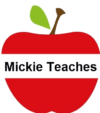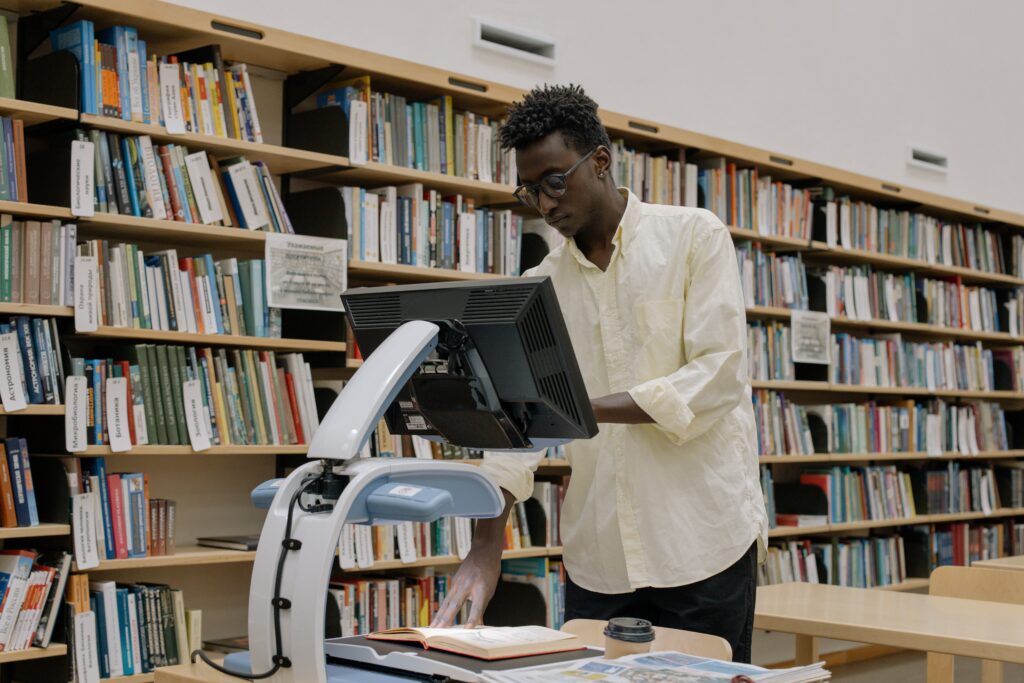Understand the Learning Process in 5 Easy Steps
Understand the learning process to connect it to a learning disability.
1. Input
1. Input is the student’s ability to receive your message. Letters and words might get mixed up, reading might be slow, and spelling and math calculation can be very difficult. Dyslexia interferes during input. Likewise, with an auditory processing problem, sometimes what you say is not what the student’s brain hears although the hearing works fine!
2. Short term memory,
2. Short term memory lasts only for few minutes. Students with a short term memory problem will get the message but will lose it soon afterwards and will need to hear it again.
3. Processing (with short term/working memory)
3. Processing occurs as a student is analyzing and digesting the information, trying to understand what the teacher is saying, and trying to make sense of the information. The person is analyzing and organizing the information so they can remember it later.
4. Long term memory, storage, and retrieval
4. With long term memory students are able to retain the information until they needs to retrieve it. The quicker the recall, they better the long term memory. Memory storage occurs where the student files the information. It’s very much like a filing system where information in the brain is organized and put away. Retrieval is the method the student uses to retrieve the memory during the test. STORAGE AND RETRIEVAL ARE THE POINTS WHEN STRATEGIES BECOME VERY IMPORTANT TO THE STUDENTS and enable the students to pull up information for a test.
5. Output
5. Output is the act of showing what students know! Output occurs when they remember and retrieve the information learned when taking a test, writing a paper, having a discussion, or answering questions in class.



